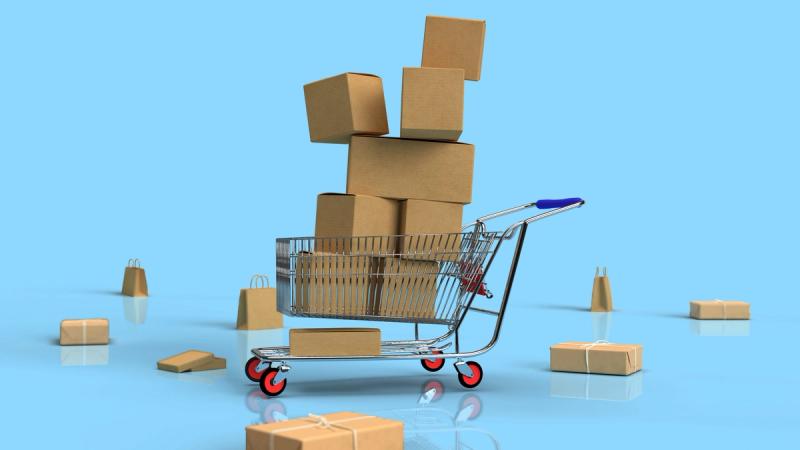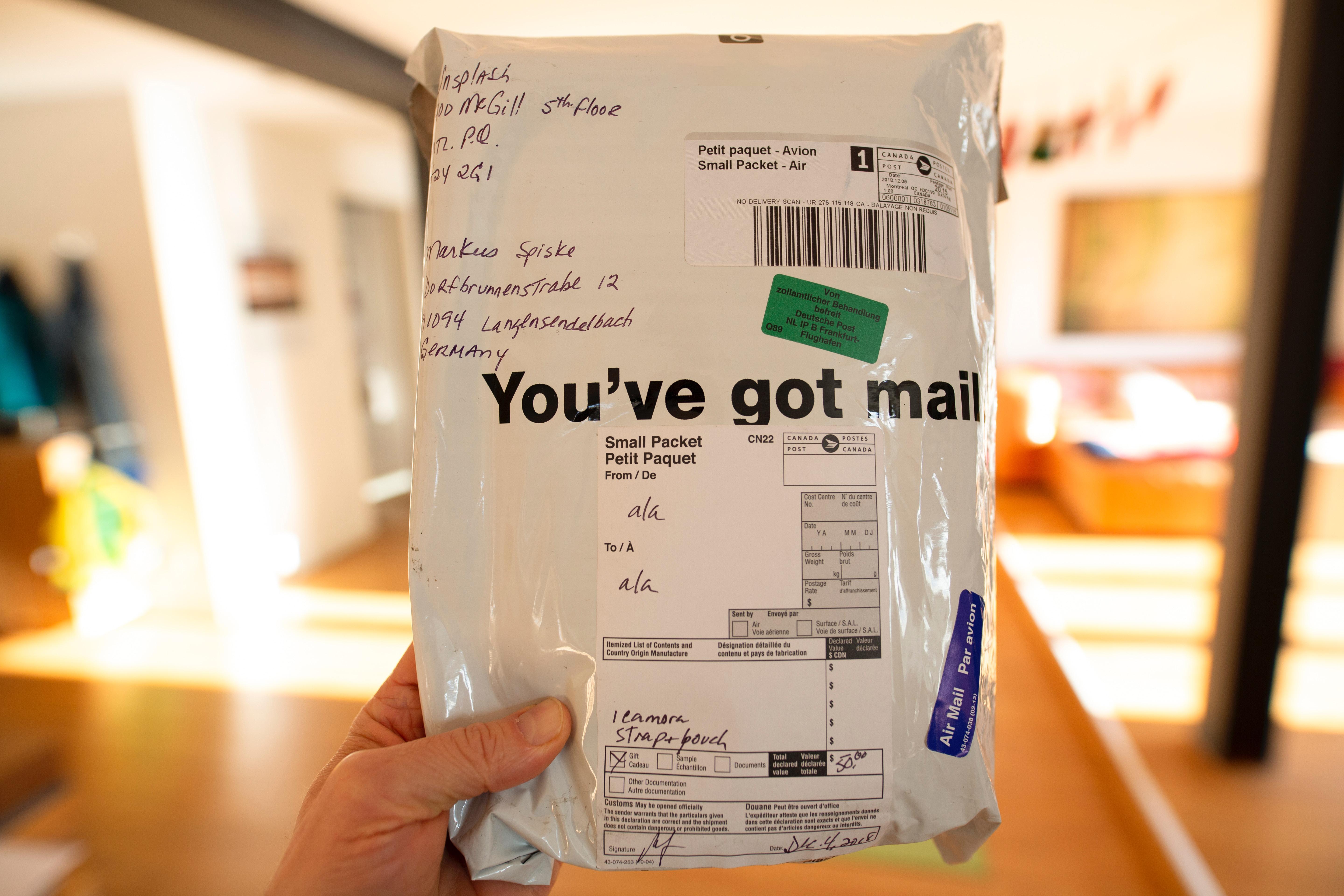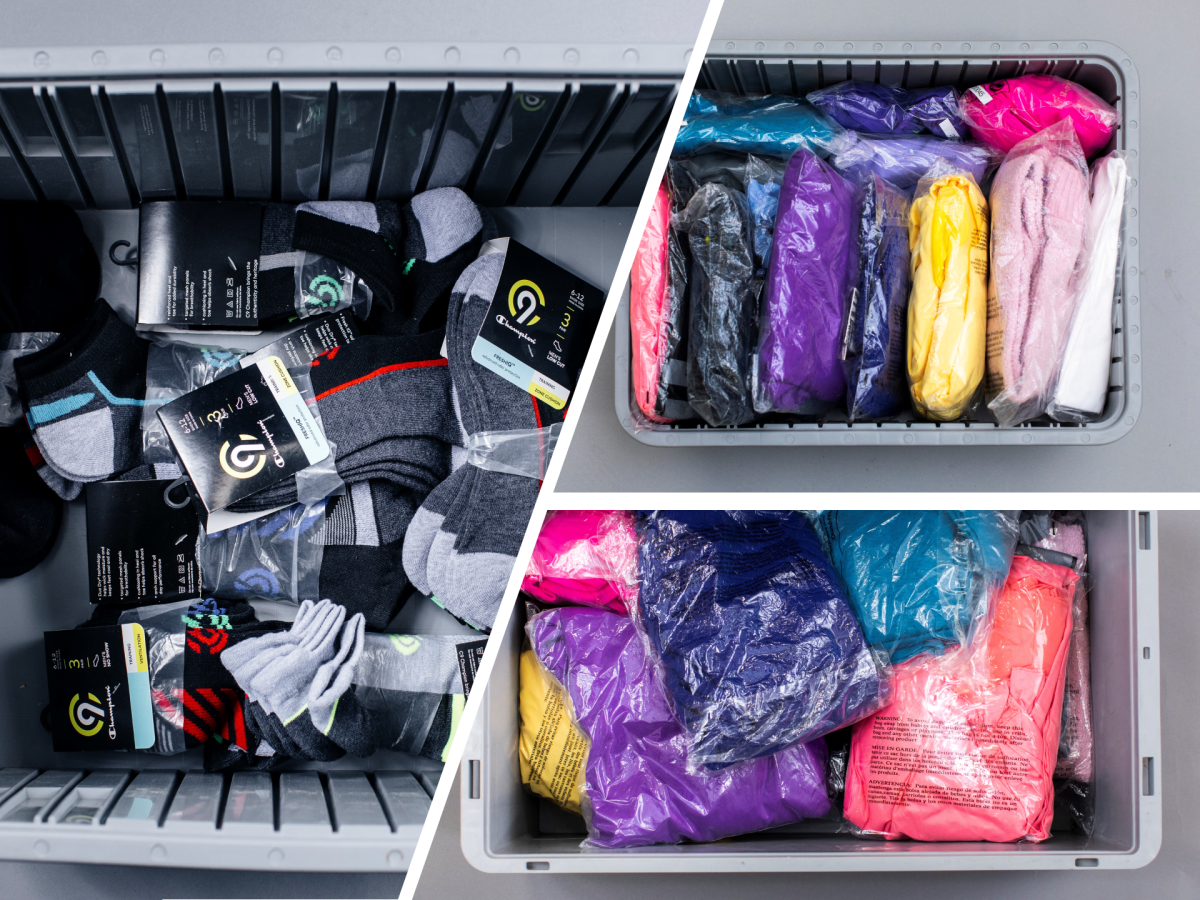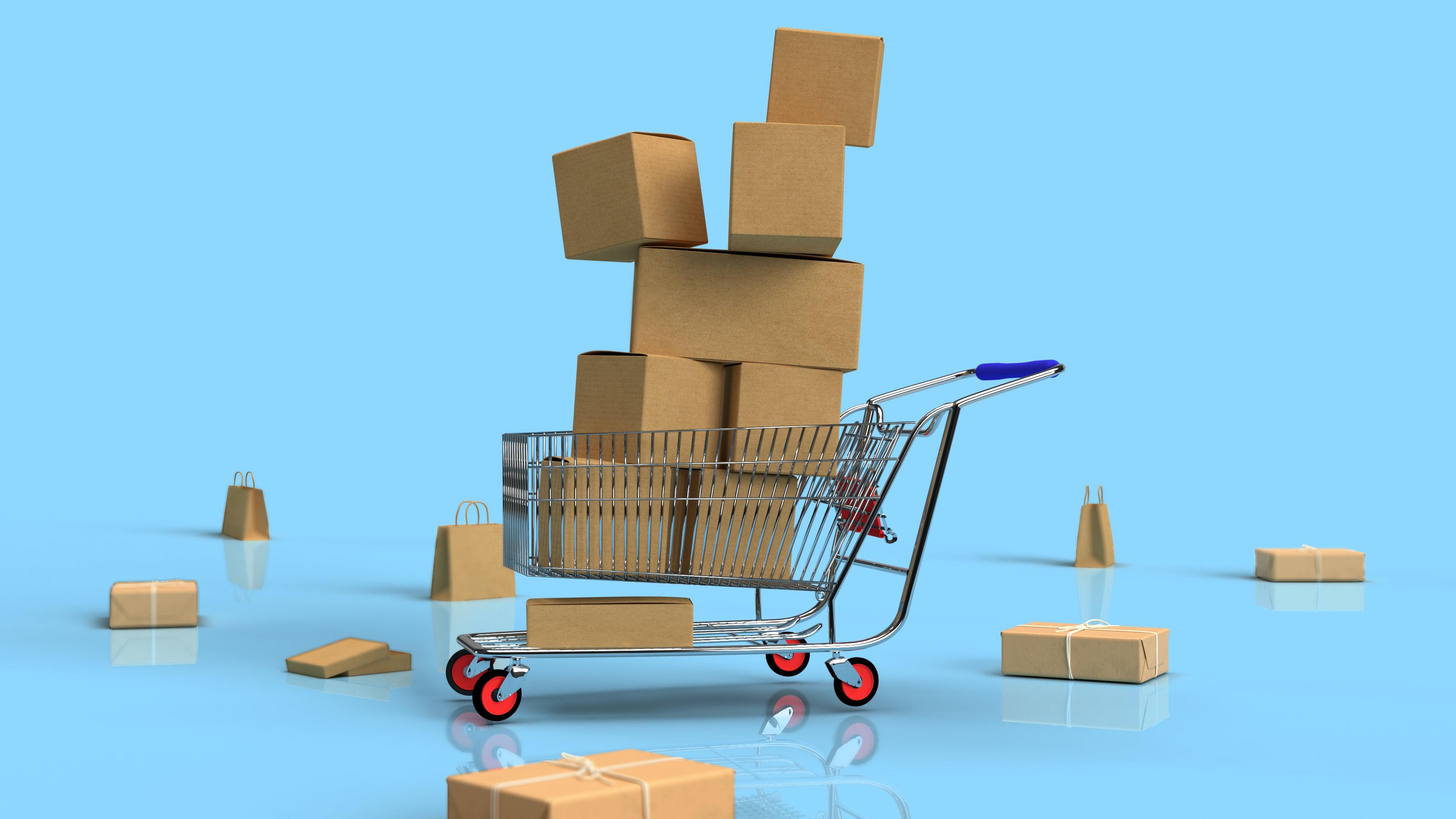Every year, leading up to the holidays, the word on everyone’s minds is “peak.” But as retailers steer their operations through peak season, they’re also preparing for what comes next: returns processing.
The challenge of returns
According to NRF, the return rate for online orders was 16.5% in 2022, accounting for $212 billion of returned online purchases. And that rate increases to 17.9% for holiday sales. Due to the highly manual nature of processing returns, warehouses have to reconfigure their existing outbound order fulfillment processes and add extra staff to handle the returns volume. This added cost negatively affects already-slim profit margins retailers face.
For retailers and their logistics partners, the ability to efficiently manage returns drives key financial impact. So how do you make your returns handling process more efficient in your warehouse? In addition to taking into consideration space, wastage handling, and other key factors, warehouses need to streamline their returns handling workflow.
Warehouse workflow evaluation and technology are the keys to an optimized returns process
When evaluating the returns processing workflow in your warehouse, we suggest examining all the manual tasks that are labor-intensive and add to the cost of processing returns. Some of the best opportunities for automation are tasks that involve reliance on a person picking, scanning, sorting, or placing items.
While previously, such piece-picking tasks were difficult to automate, with the latest advancements in modern AI-powered robotics, this automation is now widespread. Here are some examples of how piece-picking automation can help reduce returns processing costs and increase efficiency:
Sorting SKUs using robotic putwalls
Returned SKUs that are deemed fit for restocking for resale or promotional sale must be sorted to be returned to stock. Doing this is often a labor-intensive task for which mixed-SKU totes and gaylords are sorted into specific SKUs. Automated sortation solutions, like the Covariant Robotic Putwall can help reduce labor costs by doing this autonomously. Mixed-SKU totes can be sent to the robotic system, which then scans each item and places it into SKU-specific destinations, sorting them out to be restocked.
Caption: Video showing Covariant Robotic Putwall sorting mixed-SKU totes
Automated restocking for goods-to-person and ASRS
Once the returned SKUs have been sorted out, they need to be returned to storage so that they’re ready to be picked for the next customer order. For operations using a goods-to-person or automated storage system (ASRS, shuttles, cube storage, etc.), typically, a warehouse staff member manually places the returned SKUs into the corresponding shuttle or tote that is automatically taken away for storage. This is a highly repetitive task that is easily automated using a solution like Covariant’s Robotic Goods-to-Person Picking, further reducing labor expenses involved in processing returns.
Caption: Video showing Covariant Robotic Goods-to-Person Picking system picking items out of an Autostore port
Robotic induction for sorters
Sorter induction is a highly repetitive and injury-prone task. For warehouses that use automated sorters, such as unit sorters, pocket sorters, and AMR sorters, as part of their returns handling process, retaining labor for sorter induction is difficult. A robotic induction solution can help alleviate that by autonomously picking SKUs and returned parcels out of a source tote or bin and placing them onto a wide variety of sorters, further reducing the costs associated with returns processing.
Caption: Video showing Covariant Robotic Induction inducting polybagged apparel onto a fast-moving unit sorter
Reducing the costs of returns processing with AI Robotics
The core technology that enables the robotic systems we’ve presented for handling returns is deep-learning-based AI, like the Covariant Brain. Trained on millions of SKUs, robots powered by the Covariant Brain are able to handle virtually any SKU on Day One, regardless of shape, size, or packaging. Over time, the Covariant Brain gets smarter by learning from connected robots in warehouses around the world.
In the deeply competitive retail landscape with inflationary headwinds blowing strong, returns processing represents too big of a cost center to leave untouched. Retail operations that thoroughly evaluate their returns processes and implement AI Robotics for automation gain an advantage over competitors by reducing the cost of returns processing and increasing efficiency.





